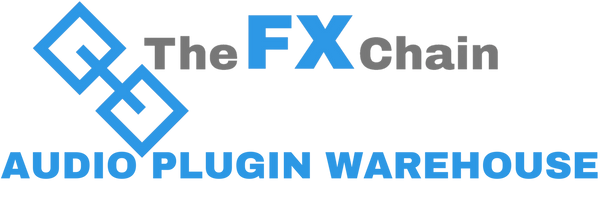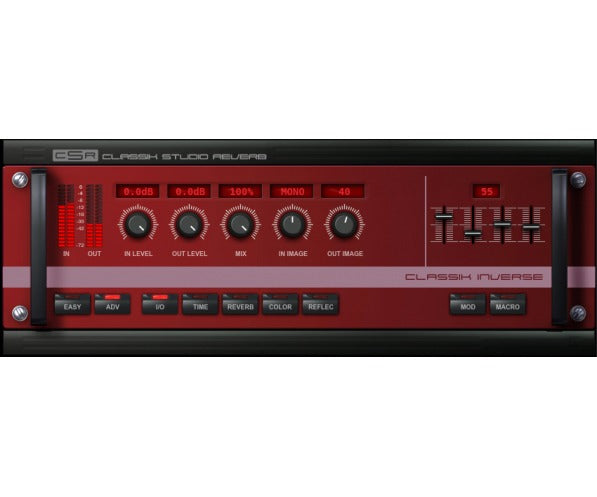Description
Reverse reverbs were popularized in the 1980's. This type of reverb can be heard on many rock snare drums from this time period. A Reverse reverb applies an envelope (slow attack, fast decay) to the early reflections. The main parameter that affects the sound of this reverb is time. Time can be adjusted for the buildup and cut off of the early reflections. This affects the sound as if it was being reversed in the reverberation, but in actuality it is simply an envelope effect.
This type of reverb has been heavily used on drums and percussion. It is also useful with vocals or any sound that needs an unnatural but interesting ambience. Try combining this reverb with another, longer reverb effect to create a complex moving ambience around the sound.
A good sound design tool, given it's strange and unnatural behavior, the CSR Inverse module is particularly at home in all of those situations where reverb is not used to simulate an acoustical space (like with the CSR Room, or CSR Hall modules): strange and breathing reverb effects that many pop and rock artists have made large use of in their productions are the bread and butter of this module.
System Requirements
Mac® (64 bit CPU, 32 or 64 bit Mac OS)
- Minimal: 1.5 GHz Intel processor, 1 GB of RAM, Mac OS X 10.6 or later.
- Supported Plug-in formats: Audio Units, VST, RTAS, AAX (32 and 64-bit).
- Note: on 64 bit systems, the plug-in also works in 32 bit compatibility mode.
Windows® (32 and 64 bit)
- Minimal: Intel® Pentium 4® 2.4 GHz or Intel® Core™ Duo or AMD Athlon™ 64,
- 1 GB of RAM, Windows® XP, Windows® Vista, Windows® 7 or Windows® 8.
- Supported Plug-in formats: VST, RTAS, AAX (32 and 64-bit).
You MUST be connected to the Internet as all of the Custom Shop operations are web based.

